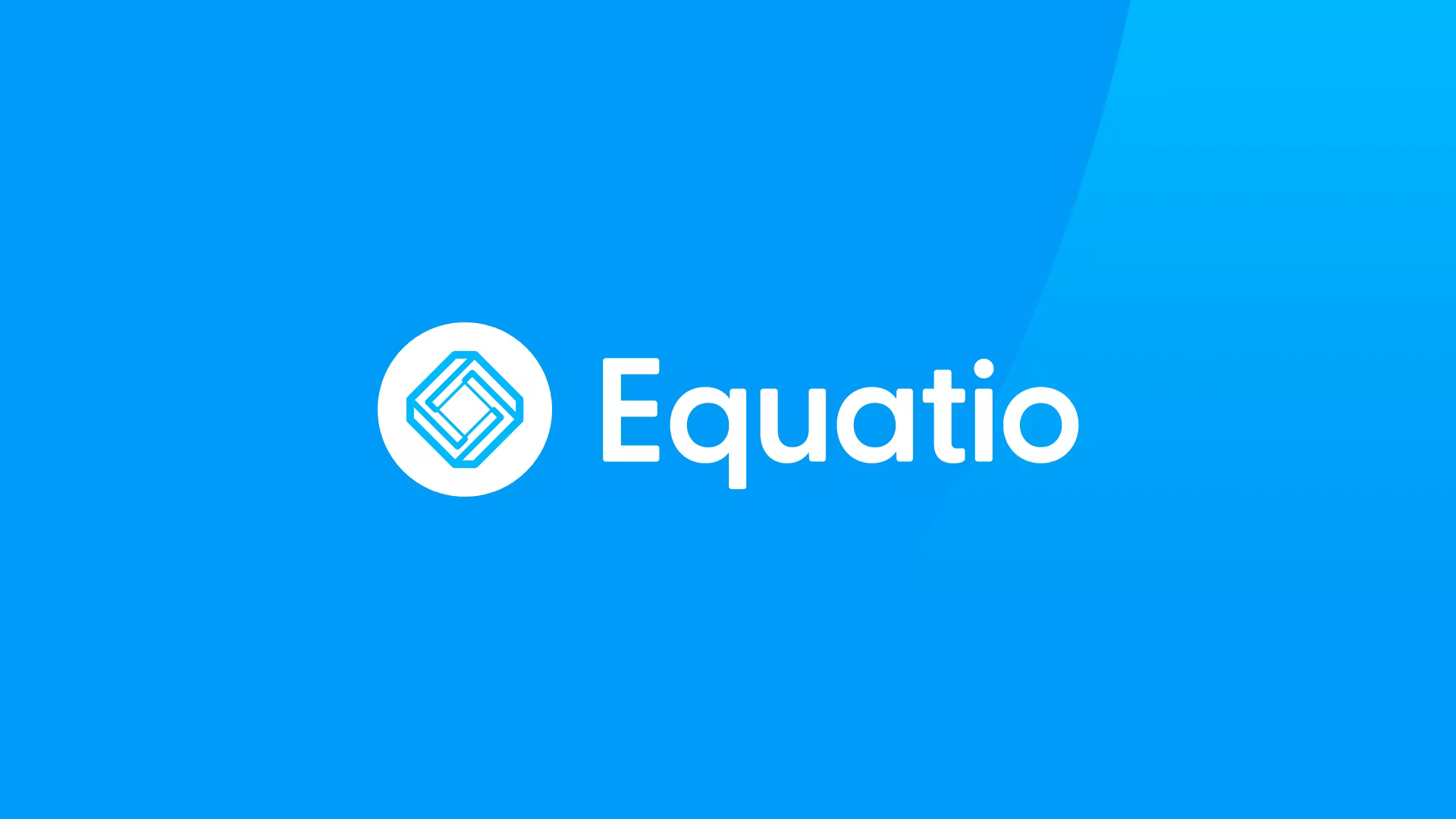How It's Done: Using Learning Space Design to Enhance Education
If you build it, they will learn
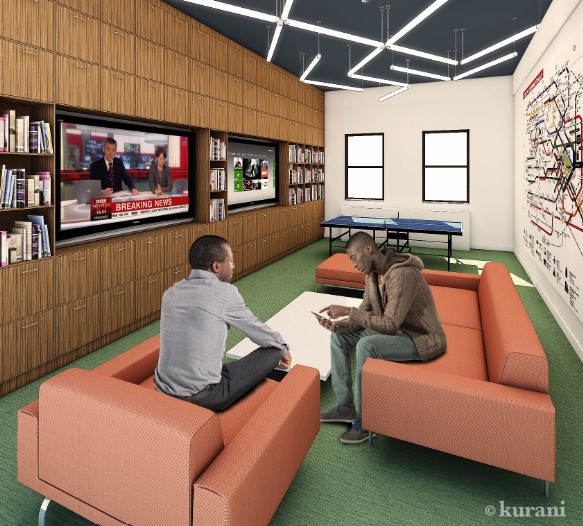
The vision of EPIC High Schools of New York City was to foster within students the boldness to dream. By developing a commitment to inner growth and outward transformation, graduates would be ready to design their own futures. To enhance these goals, they embarked on a data-driven exploration of needs of students and the greater community, incorporating creative learning spaces that enable digital pathways to flow.
“School is the environment where kids spend the most time, aside from home. So school doesn’t just play a cameo in their lives, it’s in every moment. By being there every day, a school’s environment has a significant influence on kids,” says Danish Kurani, whose design company created many of EPIC’s unique spaces.
Who: EPIC High Schools and Kurani Design -- Kurani.us
Where: South Queens/North Queens/Brooklyn/Bronx, NY
What: Using Learning Space Design to Enhance Education
The mission of EPIC High Schools is to challenge all students to dream big and to support them in designing their future. We recognize that each student is an individual and therefore provide a series of learning experiences that equip young people to walk their unique paths. To accomplish this, we created a data-driven design, rather than another shiny box that would soon be as obsolete as the previous environment, addressing the four levers that actually make an exceptional place of learning — Basic Needs, School Model, End Users, and Context. In our experience, exceptional campuses are safe and functional, are supporting the learning, are culturally appropriate, and enable the school and city to benefit from one another.
“As an immigrant, I've experienced first hand how education propels you to create a good life for yourself. Education helps level the playing field. It's one of the most important things we do as a society. And yet, the way we deliver education isn't always effective or equitable,” says Kurani.
Tools and ideas to transform education. Sign up below.
The analysis revealed conditions to address include noise, temperature, air quality, and lighting, to name a few. While the effects may vary from student to student – for example, studies indicate that noise interferes more with female learners than male learners – one thing is clear, the quality of space influences educational outcomes.
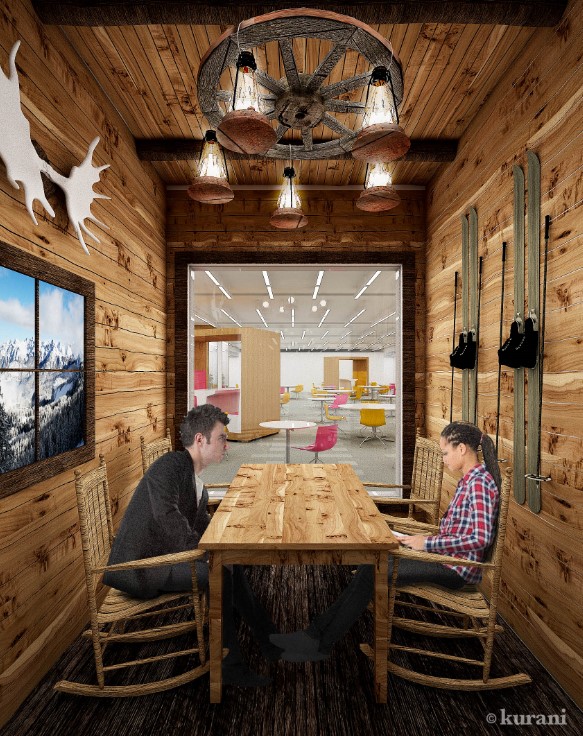
Positive Results
“Education reform tends to target curriculum, teachers, and technology,” says Kurani. “These are good ingredients, but do you have the right pot to mix them in? The physical space is where all of these things get mixed. With bad architecture, it’s hard to cook up good education.”
When designing the schools’ unique spaces, two questions were asked: How can EPIC High School benefit and help this community? How can this community help EPIC High School and play a role in its success? Ideas for how the school can help their community included: organizing food drives, offering cooking and computer science classes, building a community garden, and hosting motivational speakers. Ideas for how the community could help the school included: parents serving as aides, non-parents volunteering in school events, and business owners mentoring students and/or providing internship opportunities. Creating out-of-the-box learning spaces helped a number of these goals come to fruition.
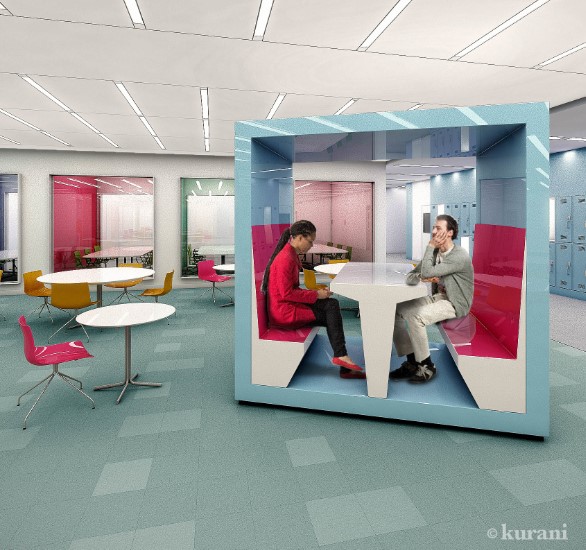
Biggest Challenge
The New York City Department of Education (DOE) launched the Expanded Success Initiative (ESI) to confront the college-and-career-ready rate for Black and Latino young men of 1 in 10. The first phase of ESI consisted of finding the best ideas by those closest to students everyday and developing replicable programming for all-new schools designed around radically different core principles, beliefs, and practices. The ESI School Design Fellowship, representing cross-functional expertise, spent a year designing schools that reimagined the high school experience to achieve the elusive 10 in 10 and improve prospects for young men and women of color alike.
Finding Funding
Design Partners: The Brotherhood/Sister Sol, The Forum for Youth Investment, The New York City Writing Project, The Center for Collaborative Education, NYC Dept of Education, The Expanded Success Initiative Team. ESI Student Fellows, Stanford D-School
Funding Partners: Open Society Foundations

Pro Tips
Nine Elements of EPIC School Design
1. Culturally responsive education (CRE) lens with student agency at its core is used in all aspects of school
2. Competency-based approach with three domains: Academic Knowledge and Skills, Academic and Personal Behaviors, and College and Career Readiness
3. Digital pathway to personalize learning
4. Systematic assessment includes emphasis on formative, multiple measures, performance-based unit assessments, and annual Gateway project
5. Data-driven design to support students, parents, teachers, and youth advocates
6. Family support and advocacy provides comprehensive supports including Rites of Passage program and restorative justice approach
7. Early college experiences starts in ninth grade
8. Workplace learning experiences using apprenticeship infrastructure
9. Redefined adult roles across EPIC network of schools draws on distributed leadership and investment in culturally competent human capital
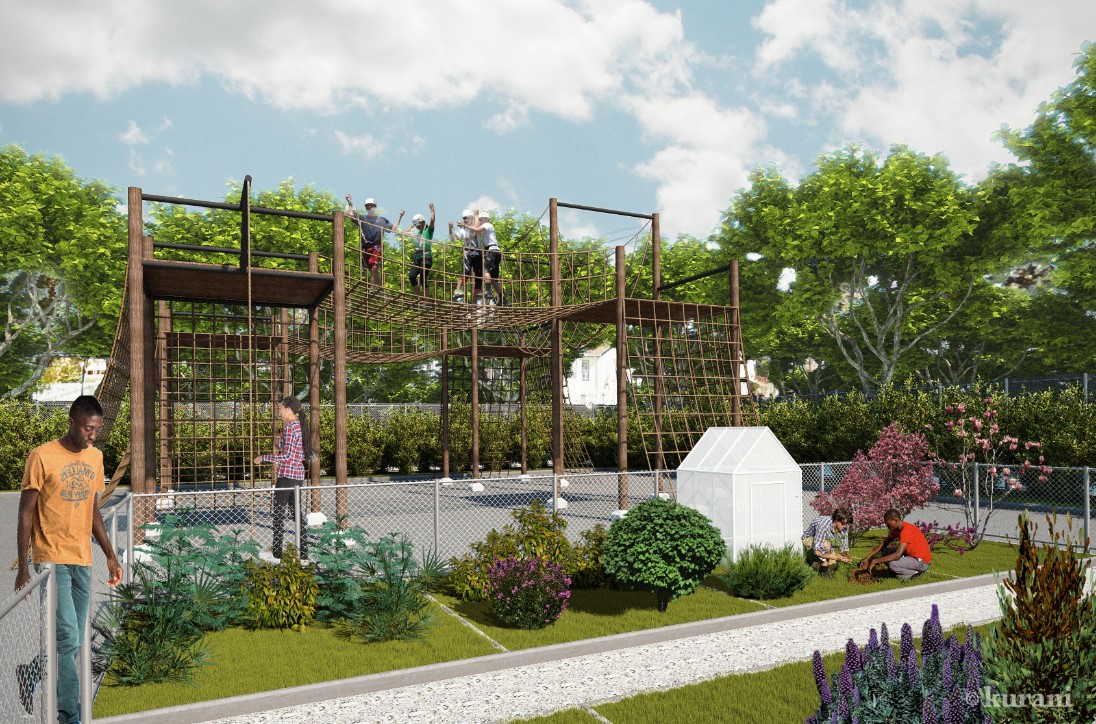
Design Process
While any attempt to shake things up and appeal to the creative brains of teens is a good thing, some schools have taken unique and flexible learning spaces and modules to an epic level. New York City developed the EPIC High School model to improve college and career preparedness of their diverse student body through empowerment practices, applied learning, and career coaching. Innovative design company, Kurani, was asked to create a replicable campus prototype capable of supporting this mission across eight city-wide campuses.
Kurani partnered with the school district to meaningfully involve staff, students, and community in the creation of the schools they would ultimately be using—including visioning workshops, design critiques, and even live curriculum experiments in different learning environments.
Sascha has nearly two decades of experience as a freelance journalist writing for national magazines, including The Washington Post, LA Times, Christian Science Monitor, National Geographic Traveler, and others. She writes about education, travel and culinary topics.

